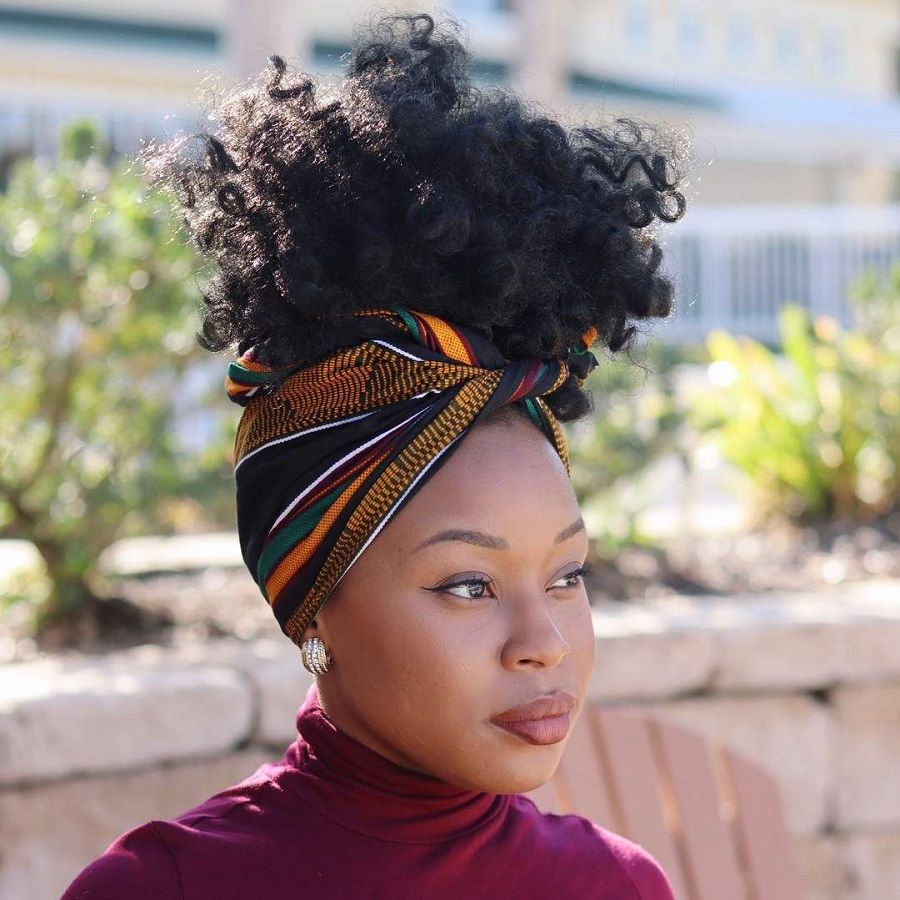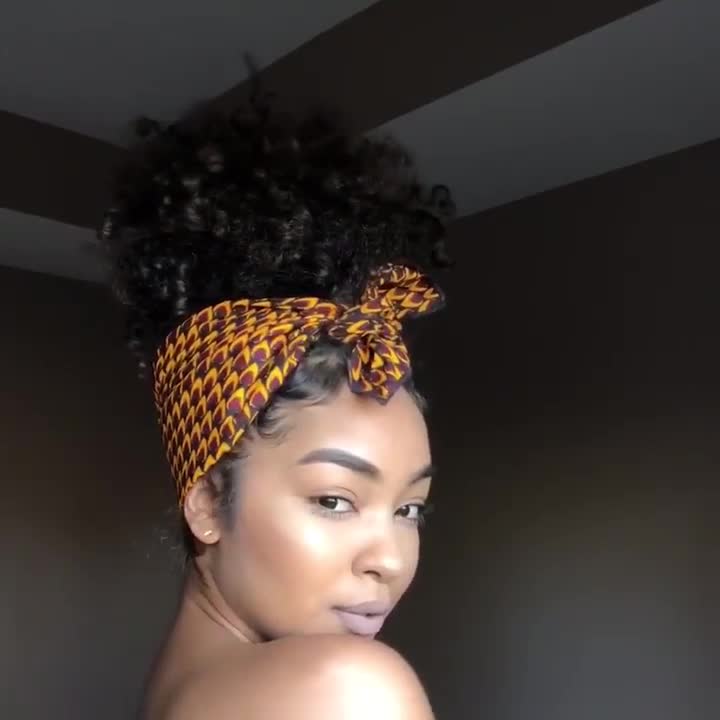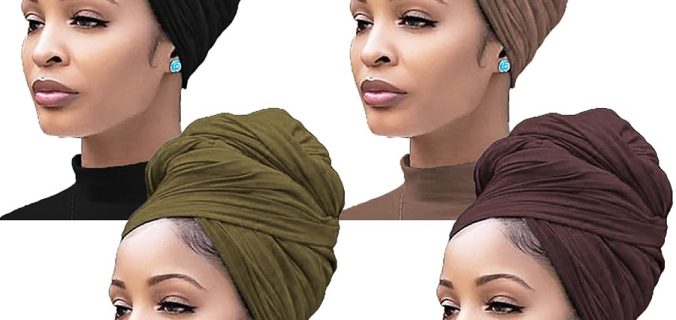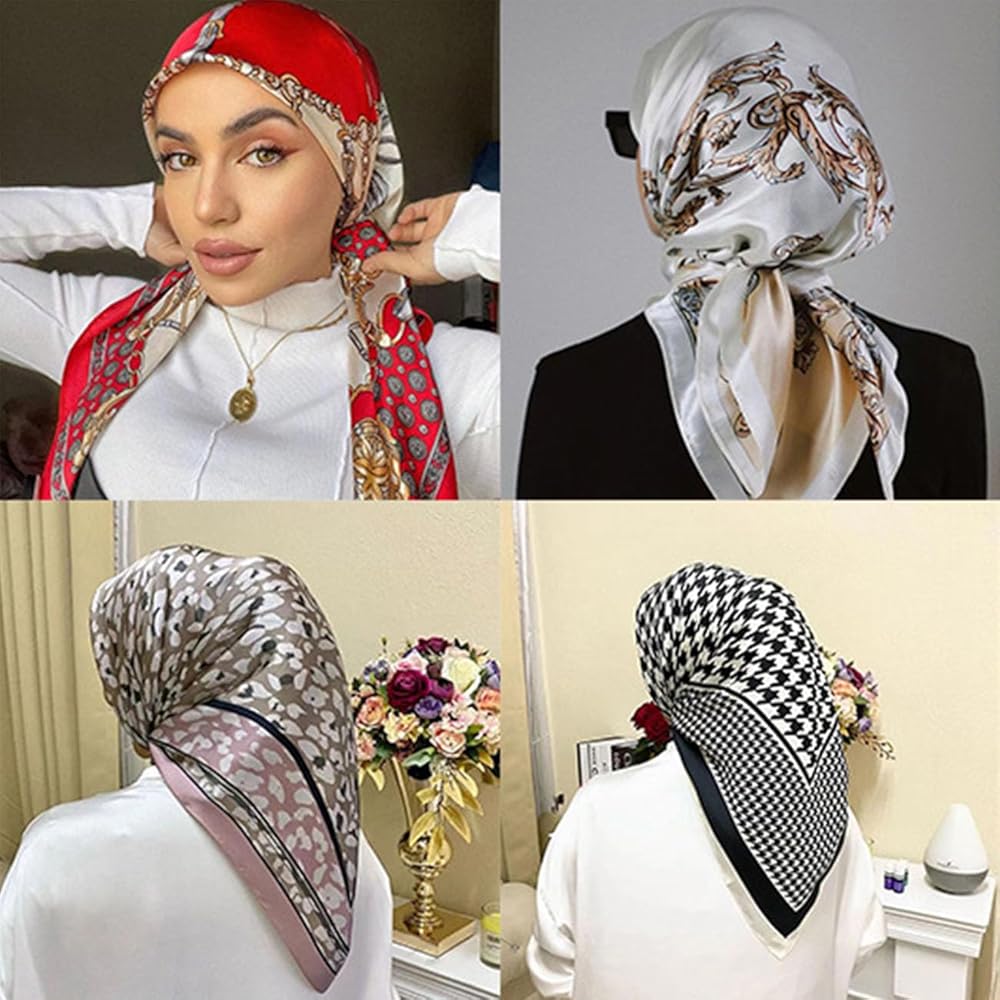The History of Head Scarves and Cultural Significance
Head scarf wrapping styles – The history of head scarves traces back centuries and spans multiple cultures. Long seen as symbols of modesty and respect, head scarves also carry profound cultural significance. In many societies, they’re a marker of cultural identity and social status. Ideas of femininity, morality, and tradition often weave through the use of head scarves. For instance, the African head wrap, also known as a ‘Gele’, is not only a fashion statement but an emblem of cultural pride.

In Middle Eastern countries, head scarves have religious connotations, honoring the tenets of Islam and offering shades of personal style within the parameters of faith. Furthermore, in the Western world, they have been embraced as fashion accessories since the early 20th century, showcasing versatility and elegance across different epochs.
Across the globe, head scarves have functioned as practical tools for protection against the elements, used by workers in fields, markets, and homes. Today, they continue to embody a blend of utility and expression. The head scarf wrapping styles you see today are not merely about fashion—they tell stories of heritage, resistance, and individualism. Whether worn for spiritual reasons, to make a cultural statement, or simply for their aesthetic appeal, the rich legacy of head scarves is undeniable.
Understanding the layered histories of head scarf wrapping styles enriches our appreciation for this enduring fashion element. It bridges the past and present, showing how an accessory can represent more than just trends, but also personal stories and collective identity. Whether your interest in head scarf wrapping styles is for fashion, cultural expression, or personal identity, acknowledging this history adds depth to this versatile accessory.
Essential Materials and Accessories for Scarf Wrapping
To master the art of head scarf wrapping styles, one must first gather the necessary materials and accessories. The right tools will not only make the process easier but also ensure a secure and stylish outcome. Here are the essential items you should have at hand:
- Scarves of Various Sizes and Fabrics: The foundation of any style is the scarf itself. Make sure to have a selection that includes different sizes for more versatility. Silk scarves are perfect for a sleek look, while cotton provides more grip.
- Bobby Pins: These small pins are indispensable for keeping your scarf in place. They also help in shaping the scarf to your liking.
- Elastic Bands: Use these to secure the end of the scarf if you are planning a bun or other intricate styles.
- Scarf Rings: These can be used to add a touch of elegance and keep layers of fabric neatly together.
- Tape Measure: To ensure the scarf fits your head perfectly, it’s a good idea to measure both the scarf and your head beforehand.
Having the right accessories can enhance your head scarf wrapping styles and can also inspire new ways to wear this timeless accessory. Additionally, selecting a scarf that complements your outfit and occasion will add to the overall charm of your look. Next, we’ll dive into some basic scarf wrapping techniques that are not only fashionable but easy to achieve.
Basic Scarf Wrapping Techniques
Mastering basic scarf wrapping techniques is key to showcasing your personal style. Here’s how to start:
- The Classic Knot: Begin by folding your scarf in half diagonally. Drape it over your head with the triangle point in the back. Tie the two ends at your nape. Tuck in any loose corners for a neat look.
- The Turban Twist: This look suits those who value a sophisticated style. Place the scarf at the back of your head, and bring the ends to the front. Cross the ends over your forehead and twist them around each other. Bring them back to the nape and secure with a knot.
- The Bun Wrap: Perfect for elegant occasions. Tie your hair in a high bun. Center a long scarf at the base of the bun and cross the ends above the bun, then tie them under it. You can leave the ends flowing or tuck them in for a cleaner appearance.
- The Side Knot: Add a playful touch with this style. Drape your scarf over one shoulder with one end longer than the other. Wrap the longer end around your head and secure both ends on the side with a knot.
- The Bow Tie: For a charming look, center the scarf on your forehead and tie a bow at the front or side of your head. Fluff the bow to your desired fullness.
Experiment with these head scarf wrapping styles to find the ones that suit you best. Keep practicing to achieve that flawless finish every time you step out.
Trendy Styles for Different Occasions
When selecting head scarf wrapping styles, consider the event or setting. Different occasions call for unique styles.
- Workplace Chic: For a professional look, choose a neatly wrapped turban or a simple bun wrap. These styles keep the scarf secure and out of the way during work hours.
- Casual Outings: A loose bow tie or side knot gives a laid-back yet stylish vibe. It’s perfect for meet-ups with friends or running errands.
- Weddings and Elegant Events: Opt for a sophisticated Gele or an intricate turban twist. Adorn with scarf rings for added glamour.
- Cultural Festivals: Embrace vibrant patterns and bold wraps. A high bun with a cascading scarf tail can honor tradition while standing out.
- Beach Days: Go for light fabrics and breezy knots. A side knot with flowing ends can complement the ocean’s carefree spirit.
- Sporty Adventures: Choose a tight, secure knot, like the classic knot. It ensures your scarf stays put during active pursuits.
Matching these trendy styles with the right head scarf wrapping techniques could further enhance your look for any occasion. Experiment to discover which styles feel best for you and align with the events of your life.
 Step-by-Step Guide to Creating Popular Wraps
Step-by-Step Guide to Creating Popular Wraps
Getting the perfect head scarf wrap doesn’t have to be a challenge. Here’s a detailed guide to help you master some popular wraps with ease.
The Gele Wrap
This bold, African-inspired style stands out at formal events. Follow these steps:
- Fold your scarf: Take a large scarf and fold it in half, so it forms a triangle.
- Place on your head: Position the folded edge on your forehead, allowing the pointed end to extend towards the back.
- Wrap the ends: Pull the two ends towards the rear, cross them above your head, and then bring them forward.
- Secure the wrap: Tie the ends into a secure knot at your forehead or tuck them neatly in front.
- Adjust the fabric: Arrange the fabric to create height and make sure it’s even on all sides.
The Turban Twist Wrap
Embracing elegance, the turban twist is perfect for any occasion.
- Place the scarf: Center your scarf at the nape.
- Bring ends to the front: Take each end and cross over the other around your forehead.
- Twist and wrap: Twist the ends around each other and pull them back.
- Secure the twist: Tie a knot at the nape or use bobby pins to hold the turban in place.
The Bow Tie Wrap
This charming style adds a playful touch to your look.
- Center the scarf: Put the scarf on your head with equal lengths on both sides.
- Tie a knot: Create a basic knot right at the top of your head or off to one side.
- Form the bow: Make a loop with each end, like tying shoe laces, and pull tight.
- Adjust the bow: Fluff and arrange the bow to your desired fullness and symmetry.
With this guide, you can experiment and perfect these head scarf wrapping styles. Feel confident as you craft your wrap, knowing each fold and knot contributes to a polished and personalized look. Don’t forget to keep practicing; soon, your head scarf wrapping styles will become second nature.
 Tips for Maintaining Scarf Shape and Neatness
Tips for Maintaining Scarf Shape and Neatness
Ensuring your head scarf maintains its shape and stays neat is crucial for a polished look. Here are some simple yet effective tips:
- Iron or Steam Your Scarf: Before styling, iron out any creases using a low heat setting. For delicate fabrics, use a steamer.
- Store Scarves Properly: Fold them neatly or hang them on a scarf hanger to avoid wrinkles.
- Use Starch for Firmness: Lightly starch cotton scarves for extra crispness. It helps maintain the shape throughout the day.
- Adjust Regularly: Check your scarf during the day for any slippage and readjust as needed to keep it neat.
- Wash with Care: Follow the washing instructions on the label. Hand-washing or gentle machine cycles are best for most scarves.
- Tie Tightly but Comfortably: Secure your scarf firmly but ensure it’s not too tight. It should feel snug without slipping.
By following these tips, your head scarf wrapping styles will look flawless from morning to night. Keep practicing the techniques and care methods to become proficient in maintaining the ideal scarf shape and neatness.
How to Choose the Right Scarf for Your Outfit
Choosing the right head scarf to complement your outfit is essential for a cohesive look. Here are some tips to help you pick the perfect head scarf for any ensemble:
- Consider the Color Scheme: Look for scarves that match or contrast well with your clothes. Opt for colors that flatter your skin tone and enhance the outfit’s overall palette.
- Think About Patterns: A plain scarf can balance a busy outfit, while a patterned scarf adds interest to a simple look. Mixing patterns is fine, but make sure they share a color or theme.
- Assess the Fabric: The scarf’s fabric should suit the occasion and weather. Silk and satin add luxury, while cotton and linen offer a casual vibe. Choose warmer materials like wool for colder days.
- Size Matters: The size of the scarf influences the wrapping styles you can create. Larger scarves are more versatile, offering coverage and volume for elaborate wraps.
- Focus on the Finish: A scarf with embellishments like beads or tassels can elevate a basic outfit. However, if your clothing already has details, select a simpler scarf.
- Seasonal Styles: Lighter fabrics and brighter colors are perfect for spring and summer. Darker, richer colors and heavier materials suit fall and winter.
By following these guidelines, you’ll be able to choose a head scarf that not only looks great but also reflects your personal style and the feel of the occasion.
 Innovative Ways to Accessorize with Head Scarves
Innovative Ways to Accessorize with Head Scarves
Transforming your look with head scarf wrapping styles can be both fun and creative. Here are some innovative ways to use head scarves as accessories that go beyond the traditional methods of wrapping:
- As a Belt: Add flair to your outfit by using a scarf as a belt. Thread a long, slim scarf through your belt loops and tie it at the side for a chic touch.
- On Your Wrist: Why not use a scarf as a bracelet? Wrap a small scarf around your wrist and knot it for a unique wrist accessory.
- Bag Charm: Brighten up a simple handbag by tying a colorful scarf to the handle. It doubles as a styling piece and a handy wrap when you need it.
- Neck Scarf: For a classic look, fold a small head scarf into a triangle and tie it around your neck. Perfect for adding sophistication to a casual outfit.
- Hair Tie: Turn a head scarf into a hair tie for a retro vibe. Tie it around a ponytail or bun for an instant upgrade to your hairstyle.
Implement these accessory ideas to make the most of your scarves. Mix up traditional head scarf wrapping styles with these fresh approaches to accessorize in style. Each small change can make a big difference to your overall look, showcasing your adaptability and fashion sense.

